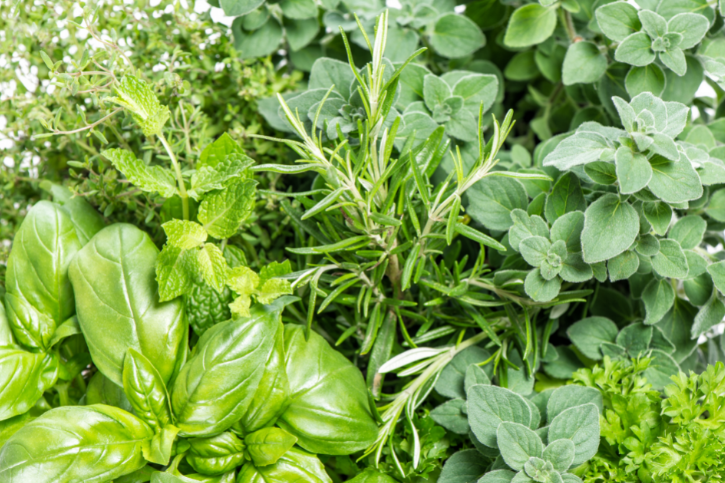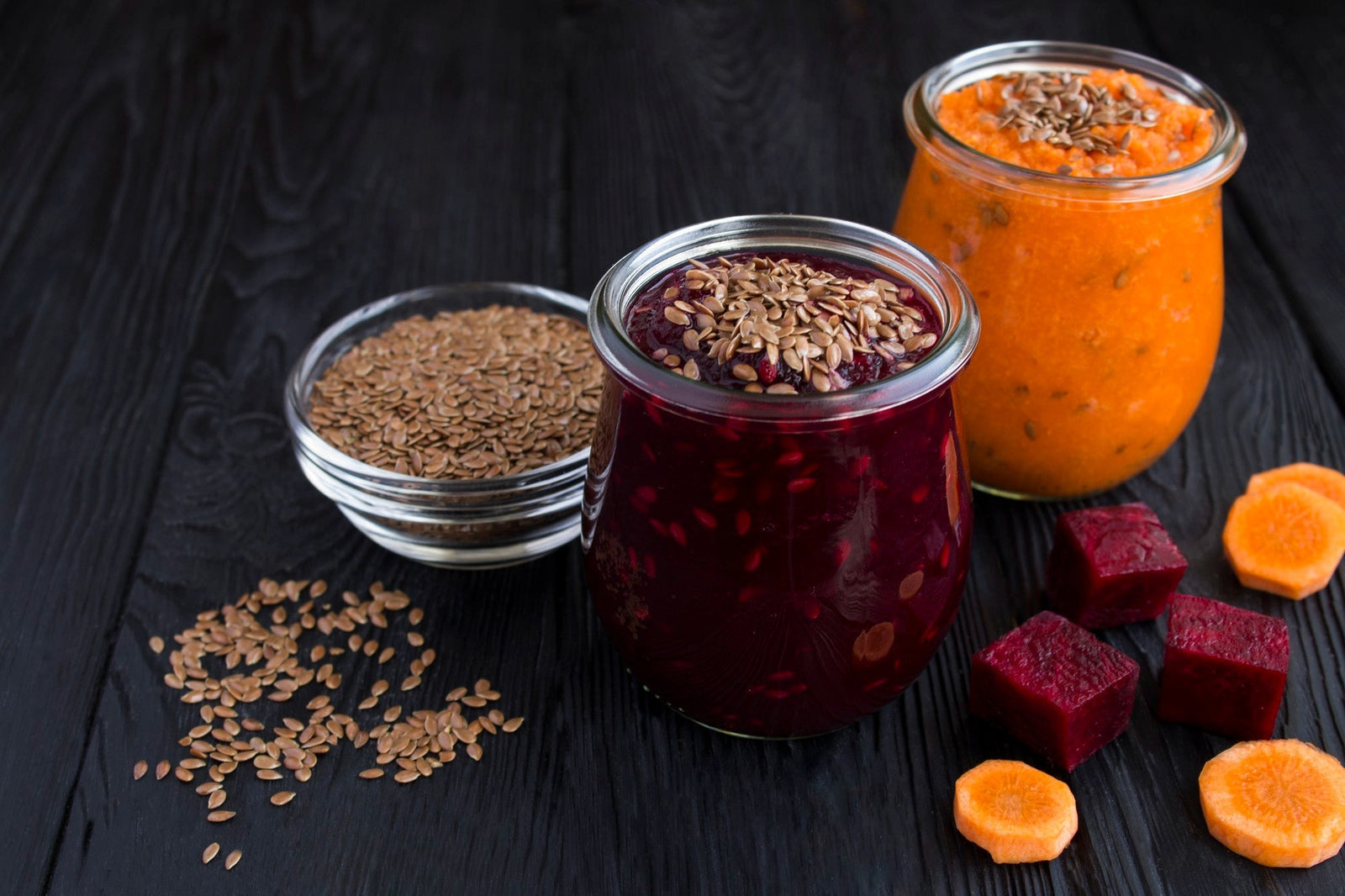
November 09, 2021 3 min read
Rosemary
Rosemary is an evergreen fragrant herb hailing from the Mediterranean. It derives its name from Latin with ros meaning “dew” and marinus meaning “sea”, so “sea dew”. The herb is used as a condiment in cooking and also offers a host of potential health benefits. It belongs to the mint family along with various other herbs like basil, thyme, oregano, and lavender.

Rosemary not only offers good flavor in food but is also a good source of calcium, iron, and vitamin B6. The herb has been known since ancient times for its medicinal value and was traditionally used to assist with alleviating muscle pain, improving memory, boosting the circulatory and immune systems along with promoting hair growth. Its unique aroma is associated with good food and can just as easily be associated with good health. Along with the traditional uses of rosemary mentioned above, the herb is also beneficial in regulating asthma attacks given its anti-inflammatory properties.
Cooking
When fresh rosemary is being used, it is important to wash and rinse it thoroughly to remove all residue or dirt traces from the leaves. The herb is used to flavor all sorts of meat dishes including chicken, lamb, pork, tuna, and salmon as well as used to season soups and sauces. It has a particular pine-like fragrant flavor that comes with a slight pungency making dishes more interesting. Most recipes will call for rosemary leaves which are easy to remove from the stem. However, the entire spring may also be added to season the dish. Along with using rosemary with meats, soups, and sauces, the same can also be sprinkled onto omelets or frittatas while pureed rosemary leaves can be used in salad dressings and dipping sauces or baked into bread. Rosemary goes particularly well with tomatoes, eggplant, potatoes, and zucchini.
Storing

Rosemary is often used as a dried herb or may also be available as a dried powder extract. Tea or liquid extracts made from rosemary are derived from either dried or fresh leaves. However, whenever possible, select fresh rosemary over its dried form since it offers a far superior flavor. Fresh sprigs of rosemary are typically a deep shade of sage green and free from dark or yellow spots. Choosing organic varieties is always beneficial since there is greater assurance that the herb is free of pesticide residue and has not been irradiated. Fresh sprigs should always be stored in the refrigerator. This can be done by storing the rosemary in its original packing or wrapping it up in a lightly moistened paper towel. Dried rosemary, on the other hand, needs to be kept in a tightly sealed container and stored in a dry and cool place where it can stay fresh for around six months.

Oregano
Oregano is a nutrient-dense spice that is considered a good source of fiber. In fact, diets such as the Mediterranean diet that is high in fiber have been shown to lower cholesterol levels. Along with fiber that features dietary antioxidants, oregano is also a good source of vitamin K, manganese, calcium, and iron. Given its antioxidant features, oregano displays antimicrobial as well as anti-inflammatory activity and is used to treat a number of conditions including colds, acne, dandruff, muscular pains, bloating headaches, and certain allergies among others.
Cooking
Cooking with oregano Although an herb, oregano is often used as a spice to season food by enhancing its flavor. Experts recommend adding fresh oregano towards the end of the cooking process to preserve its delicate flavor. But dried oregano may be added at the beginning of the cooking process. To enjoy the wonderful fragrance and flavor of oregano in your cooking, sprinkle some onto omelets, frittatas, pizza slices, homemade garlic bread, or sautéed vegetables. Likewise, oregano may also be added into salad dressings, vinaigrette, and pasta sauces. Its warm, aromatic flavor makes it a good accompaniment for many different types of foods, including poultry, seafood, or meat and not simply restricted to use in Italian cuisine.
Storing

Whenever possible, it is recommended to choose fresh oregano for better flavor. Fresh oregano has vibrant green leaves with a firm stem and is free of yellow or discolored spots. Like other fresh herbs, oregano should also be stored in the refrigerator wrapped in a slightly damp paper towel. The same may also be frozen in airtight containers. Dried oregano needs to be stored in a cool, dark place in airtight containers and will keep fresh for up to six months.
Thanks for reading this Be Still Farms Blog article. To sign up for more news/articles and/or recipes, click here. For more about us, click here. To shop our certified organic products, click here.
Please comment and share and we look forward to serving you in the future!
Comments will be approved before showing up.

January 27, 2025 3 min read
Flaxseed, the tiny yet powerful superfood, is packed with nutrients that can support weight loss. From curbing hunger to stabilizing blood sugar, this guide dives into the science of how flaxseed can help you shed those extra pounds.

December 11, 2024 3 min read
Discover three quick and easy soup recipes featuring organic small red beans. From a classic vegetable soup to a creamy potato blend, these wholesome recipes are perfect for chilly days and busy weeknights. Packed with flavor and nutrition, these soups will warm your heart and soul this winter!

December 06, 2024 3 min read
This vibrant and nutritious Green Lentil Salad combines tender lentils with grilled chicken, fresh vegetables, and a zesty lemon dressing. Packed with protein, fiber, and essential vitamins, it’s the perfect healthy meal for any time of day.
© 2025 Be Still Farms- Real, Fine Organics.
Privacy | Terms | Refund Policy | Organic Certification
